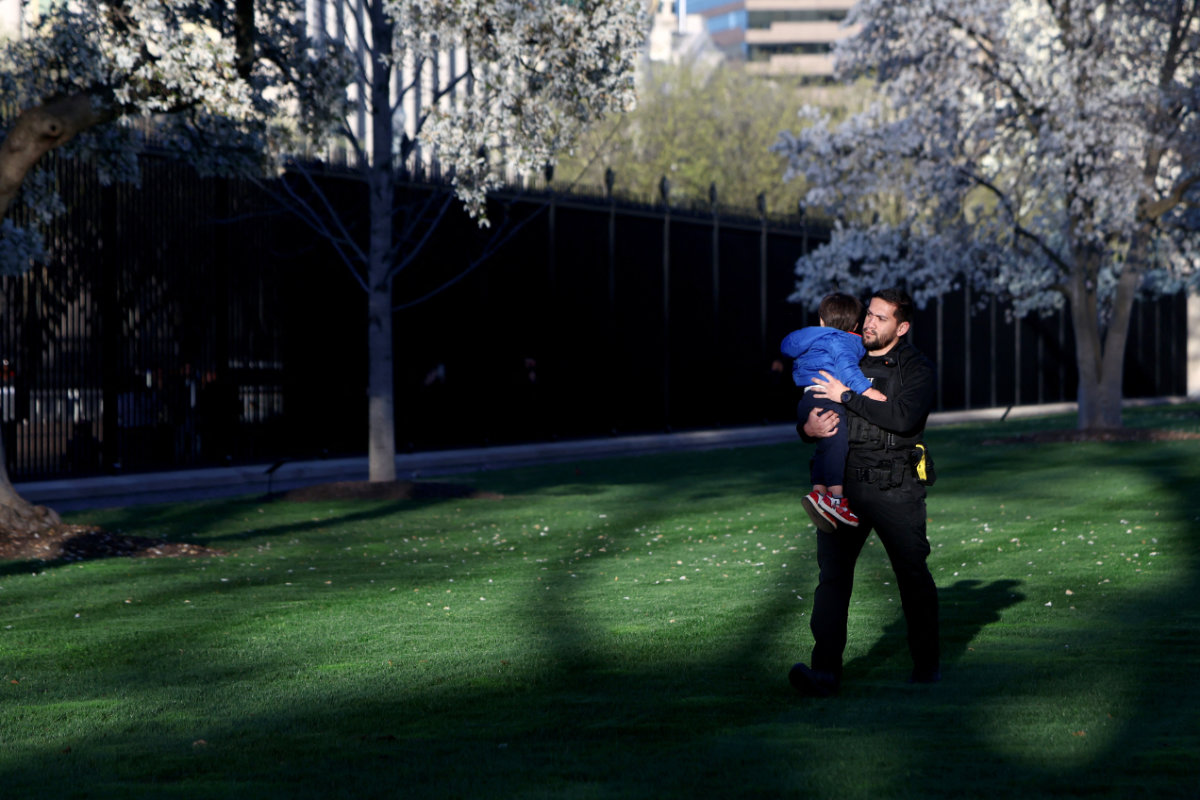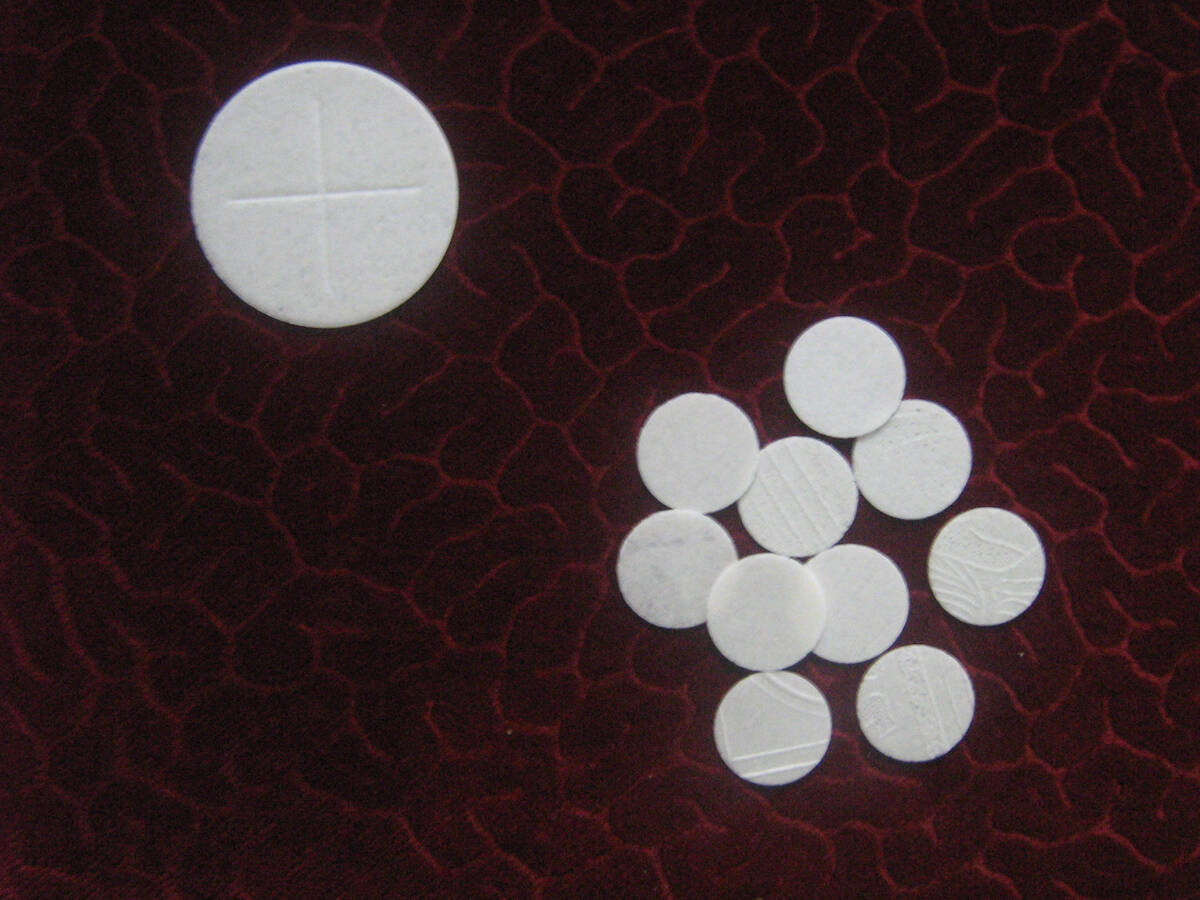SAN FRANCISCO: Video game titan Ubisoft on Friday released a new installment of “Assassin’s Creed,” seeking to reignite passion for the game after a year off to freshen its top franchise.
Breaking from its pattern of annually releasing sequels to “Assassin’s Creed,” which has sold more than 100 million copies since the first version debuted in a decade ago, Ubisoft took an extra year to craft “Assassin’s Creed: Origins.”
The new installment is set in Egypt at a time when Cleopatra is ascending to the throne, and reveals how the brotherhood of assassins began.
“From the beginning, the ‘Assassin’s Creed’ franchise has always explored pivotal moments in history, from the Third Crusade to the Italian Renaissance, and this year ancient Egypt,” said “Origins” creative director Jean Guesdon.
Work on the game began four years ago, with the team setting out to provide a fresh, new experience to players in a franchise showing signs of waning enthusiasm given its perennial release schedule.
“We really wanted to rework the major systems,” Origins producer Julien Laferriere said while providing AFP an early look at the game at the E3 video game trade show earlier this year.
“We feel we have a meaty, very modern game.”
The game’s fighting system was redesigned, and imbued with artificial intelligence making enemies more wily and giving characters virtual lives of their own complete with responsibilities such as farms to tend and families to feed.
In keeping with its style, Ubisoft made animals part of the action so tending to laundry at a river could lead to being attacked by a crocodile.
“We wanted to be as authentic as we could,” Laferriere said of the game.
“The world feels alive, and you can explore it at your own pace.”
Along with visiting pyramids and the Sphinx, players were promised “a front row seat” to the formation of the brotherhood of assassins.
It will be available for Xbox and PlayStation game consoles as well as for Windows-powered PCs.
An update to the game set for release early next year will add a “discovery tour” that gives players to option of taking virtual guided tours of ancient Egypt and learning its history, according to Guesdon.
“Assassin’s Creed” is Ubisoft’s most popular franchise.
Putting out a new version of the game each year stretched the overarching storyline, which features modern-day descendants of assassins whose genetic memory is being mined to solve a bigger mystery.
The previous installment, “Assassin’s Creed Syndicate” released in 2015, was set in London during the Industrial Revolution.
The action role-playing games are known for historical fiction, setting adventures at significant points in time such as the Crusades and the French and American revolutions.
The franchise has grown to include novels, comic books, mobile games and films.
Blockbuster video game sequels, like movies, face the challenge of adding new excitement while remaining true to old aspects loved by fans.
“Assassin’s Creed” has been credited with inspiring other games, such as “Middle-earth: Shadow of Mordor,” by Warner Brothers Interactive Entertainment.
A total of $1.2 billion was spent in the US on video game hardware, software, and accessories in September in a 39 percent increase from the same month last year, according to industry tracker NPD.
The amount of money spent on video game software alone was up 49 percent to $744 million in the same comparison, with “Destiny 2” the top-selling game, NPD reported.
'Assassin's Creed' game is back, this time in ancient Egypt
'Assassin's Creed' game is back, this time in ancient Egypt

Child slips through fencing at White House and is intercepted by Secret Service

- Similar intrusions have happened at th White House before, including in April 2023 when a toddler squeezed through the metal fencing
WASHINGTON: A child slipped through fencing outside the White House on Wednesday and was intercepted by Secret Service officers.
Secret Service spokesperson Anthony Guglielmi said the young trespasser squeezed through the fence on the North Lawn around 6:30 p.m., about an hour after President Donald Trump announced planned auto tariffs from the Oval Office.
“Officers quickly reunited the child with their parents without incident,” Guglielmi said in a social media post.

Video posted on social media shows an armed officer carrying a young child wearing a blue hooded sweatshirt across the lawn before handing off the child to another officer.
Such intrusions have happened before. In April 2023, a toddler squeezed through the metal fencing, also on the North Lawn, and was later reunited with his parents, who were briefly questioned.
It was bacteria — not a miracle — on a communion wafer in US church

- The host, or bread, with red marks had fallen out of a Mass kit at St. Anthony Church in Morris, Indiana
- A biochemical analysis revealed only “fungus and three different species of bacteria, all of which are commonly found on human hands”
MORRIS, Indiana: A laboratory analysis turned up nothing miraculous about red marks found on a Communion wafer at a Catholic church in Indiana.
The discovery at St. Anthony of Padua Catholic Church in Morris was unusual enough for a formal inspection, the Archdiocese of Indianapolis said.
But a biochemical analysis revealed only “fungus and three different species of bacteria, all of which are commonly found on human hands,” the archdiocese said Monday, adding that no blood was found.

The Catholic faith teaches that wine and a bread wafer signify the body and blood of Jesus Christ. Typically, they’re consecrated by a priest at Mass.
The host, or bread, with red marks had fallen out of a Mass kit at St. Anthony Church.
“Throughout the history of the Catholic Church, there have been well-documented miracles and apparitions, and each has been thoroughly and carefully reviewed,” the archdiocese said.
Before the analysis, some members of St. Anthony Church were excited about what might be found.
“We have such a little town. You can drive through and blink and you’re through it,” Shari Strassell, a church member, told WKRC-TV. “It means the world, it does, and I think there is something special about our church up here.”
Japan awards longest-serving death row inmate $1.4 million

- Payout represents 12,500 yen ($83) for each day of the more than four decades that Iwao Hakamada spent in detention
- The former boxer was exonerated last year of a 1966 quadruple murder after a tireless campaign by his sister and others
TOKYO: A Japanese man wrongly convicted of murder who was the world’s longest-serving death row inmate has been awarded $1.4 million in compensation, an official said Tuesday.
The payout represents 12,500 yen ($83) for each day of the more than four decades that Iwao Hakamada spent in detention, most of it on death row when each day could have been his last.
It is a record for compensation of this kind, Japanese media said.
The former boxer, now 89, was exonerated last year of a 1966 quadruple murder after a tireless campaign by his sister and others.
The case sparked scrutiny of the justice system in Japan, where gaining a retrial is notoriously hard and death row inmates are often informed of their impending death just a few hours before they are hanged.
The Shizuoka District Court, in a decision dated Monday, said that “the claimant shall be granted 217,362,500 yen ($1.44 million),” a court spokesman told AFP.
The same court ruled in September that Hakamada was not guilty in a retrial and that police had tampered with evidence.
Hakamada had suffered “inhumane interrogations meant to force a statement (confession)” that he later withdrew, the court said at the time.
Hakamada’s legal team said the money falls short of the pain he suffered between his 1966 arrest and his release in 2014, when he was granted a retrial.
“I think the fact that he will receive it... compensates him a little bit for all the hardship,” lawyer Hideyo Ogawa told a press conference.
“But in light of the hardship and suffering of the past 47 or 48 years, and given his current situation, I think it shows that the state has made mistakes that cannot be atoned for with 200 million yen,” he said.
Decades of detention – with the threat of execution constantly looming – took a major toll on Hakamada’s mental health, his lawyers have said, describing him as “living in a world of fantasy.”
Hakamada was convicted of robbing and killing his boss, the man’s wife and their two teenage children.
He initially denied the charges but police said Hakamada eventually confessed.
During his trial, Hakamada claimed innocence, saying that his confession was forced.
More than a year after the killings, investigators said they found blood-stained clothes – a key piece of evidence that the court later said was planted by investigators.
Hakamada now lives with his sister with help from supporters.
Hakamada was the fifth death row inmate granted a retrial in Japan’s post-war history. All four previous cases also resulted in exonerations.
Japan is the only major industrialized democracy other than the United States to retain capital punishment, a policy that has broad public support.
Japan’s justice minister said in October that abolishing the death penalty would be “inappropriate” even after Hakamada’s acquittal.
Stressed? Sick? Swiss town lets doctors prescribe free museum visits as art therapy for patients

- Dr. Marc-Olivier Sauvain, head of surgery at the Neuchatel Hospital Network, said he had already prescribed museum visits to two patients to help them get in better shape before a planned operation
NEUCHATEL, Switzerland: The world’s woes got you down? Feeling burnout at work? Need a little something extra to fight illness or prep for surgery? The Swiss town of Neuchâtel is offering its residents a novel medical option: Expose yourself to art and get a doctor’s note to do it for free.
Under a new two-year pilot project, local and regional authorities are covering the costs of “museum prescriptions” issued by doctors who believe their patients could benefit from visits to any of the town’s four museums as part of their treatment.
The project is based on a 2019 World Health Organization report that found the arts can boost mental health, reduce the impact of trauma and lower the risk of cognitive decline, frailty and “premature mortality,” among other upsides.
Art can help relax the mind — as a sort of preventative medicine — and visits to museums require getting up and out of the house with physical activity like walking and standing for long periods.
Neuchatel council member Julie Courcier Delafontaine said the COVID crisis also played a role in the program’s genesis. “With the closure of cultural sites (during coronavirus lockdowns), people realized just how much we need them to feel better.”
She said so far some 500 prescriptions have been distributed to doctors around town and the program costs “very little.” Ten thousand Swiss francs (about $11,300) have been budgeted for it.
If successful, local officials could expand the program to other artistic activities like theater or dance, Courcier Delafontaine said. The Swiss national health care system doesn’t cover “culture as a means of therapy,” but she hopes it might one day, if the results are positive enough.
Marianne de Reynier Nevsky, the cultural mediation manager in the town of 46,000 who helped devise the program, said it built on a similar idea rolled out at the Fine Arts Museum in Montreal, Canada, in 2019.
She said many types of patients could benefit.
“It could be a person with depression, a person who has trouble walking, a person with a chronic illness,” she said near a display of a feather headdress from Papua New Guinea at the Ethnographic Museum of Neuchatel, a converted former villa that overlooks Late Neuchatel.
Part of the idea is to get recalcitrant patients out of the house and walking more.
Dr. Marc-Olivier Sauvain, head of surgery at the Neuchatel Hospital Network, said he had already prescribed museum visits to two patients to help them get in better shape before a planned operation.
He said a wider rollout is planned once a control group is set up. For his practice, the focus will be on patients who admit that they’ve lost the habit of going out. He wants them to get moving.
“It’s wishful thinking to think that telling them to go walk or go for a stroll to improve their fitness level before surgery” will work, Sauvain said on a video call Saturday, wearing blue scrubs. “I think that these patients will fully benefit from museum prescriptions. We’ll give them a chance to get physical and intellectual exercise.”
“And as a doctor, it’s really nice to prescribe museum visits rather than medicines or tests that patients don’t enjoy,” he added. “To tell them ‘It’s a medical order that instructs you to go visit one of our nice city museums.’”
Some museum-goers see the upsides too.
“I think it’s a great idea,” said Carla Fragniere Filliger, a poet and retired teacher, during a visit to the ethnography museum. “There should be prescriptions for all the museums in the world!”
Paris residents vote in favor of making 500 more streets pedestrian

- The referendum will eliminate 10,000 more parking spots in Paris, adding to the 10,000 removed since 2020
- Last year, Parisians voted to triple parking charges for large SUVs. A 2023 vote approved a ban on e-scooters
PARIS: Parisians voted in a referendum on Sunday to pedestrianize a further 500 of the city’s streets, giving fresh momentum to efforts by the French capital’s left-leaning town hall to curb car usage and improve air quality.
Some 65.96 percent of Parisians voted in favor of the measure, while 34.04 percent rejected it, official results showed. Only 4.06 percent of voters turned out in the consultation, which was organized by the municipality.
This was the third such referendum in Paris in as many years, following a 2023 vote that approved a ban on e-scooters, and a decision last year to triple parking charges for large SUVs.
The referendum will eliminate 10,000 more parking spots in Paris, adding to the 10,000 removed since 2020. The city’s two million residents will be consulted on which streets will become pedestrian areas.
Paris town hall data shows car traffic in the city has more than halved since the Socialists took power in the capital at the turn of the century.
The 500 additional streets to be pedestrianized will bring the total number of these so-called “green lungs” to nearly 700, just over one-tenth of the capital’s streets.
Despite recent changes, Paris lags other European capitals in terms of green infrastructure — which include private gardens, parks, tree-lined streets, water and wetlands — making up only 26 percent of the city area versus a European capitals average of 41 percent, according to the European Environment Agency.





















